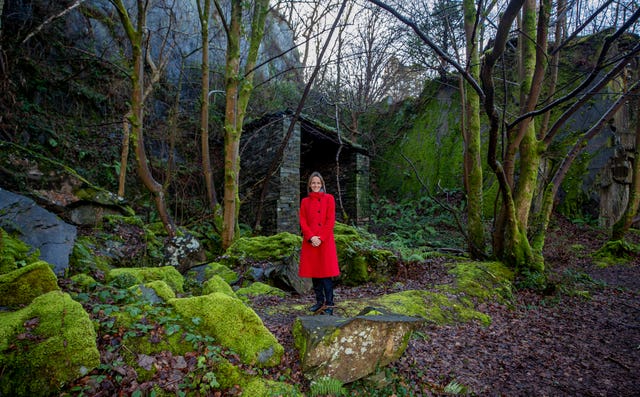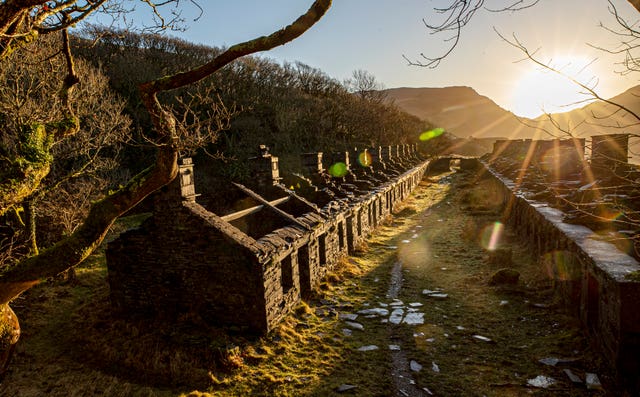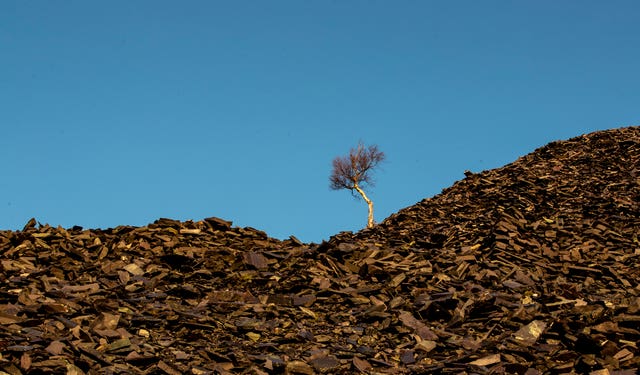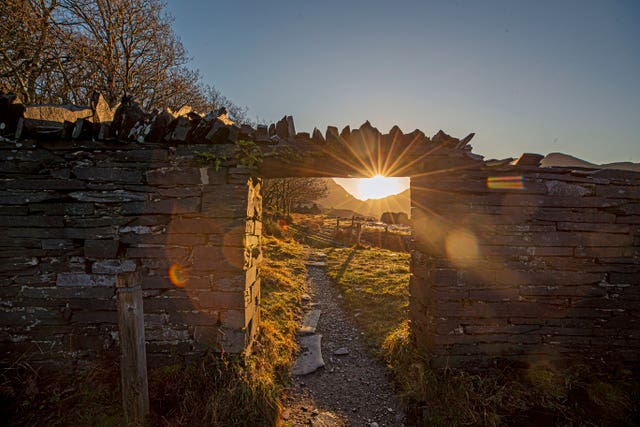
Wales’s slate mining landscape could become the UK’s next World Heritage Site to rank alongside the likes of the Grand Canyon, the Great Wall of China and Machu Picchu as a wonder of the world.
The landscape, running throughout the Welsh county of Gwynedd, has been nominated by the Government to join the prestigious list of Unesco World Heritage Status sites of global importance.
If successful, the Slate Landscape will become the UK’s 33rd Unesco World Heritage Site, and the fourth in Wales, following the Pontcysyllte Aqueduct, Blaenavon Industrial Landscape and the Castles and Town Walls of King Edward in Gwynedd.
Prime Minister Boris Johnson said: “We’re delighted to put the Slate Landscape of north west Wales – an area of remarkable uniqueness and breathtaking beauty – forward for UNESCO world heritage status.
“This distinctive corner of our country is already on the map, having sent its slate across Britain, Europe and even Australia, and a UNESCO accolade would only propel it further.”
Heritage minister Helen Whately, announcing she had submitted the formal nomination to Unesco, said: “The incredible slate landscape is hugely significant to north west Wales and its industrial heritage.

“The area is described as having ‘roofed the 19th-century world’ and the slate from the mines continues to have an influence on architecture around the world.
“This nomination is an excellent way to recognise the importance of Wales’s slate mining heritage and will bring benefits not only to Gwynedd but the whole of North Wales by attracting visitors, boosting investment and creating jobs.”
Slate has been quarried in North Wales for more than 1,800 years and was used to build parts of the Roman fort in Segontium in Caernarfon and Edward I’s castle in Conwy.

But it was not until the Industrial Revolution that demand surged as cities across the UK expanded, with slate being widely used to roof workers’ homes and factories.
The area of the landscape in north west Wales became the world leader for the production and export of slate during the 18th century.
By the 1890s, around 17,000 people were employed in the Welsh slate industry, mining 485,000 tonnes of slate a year and transforming the landscape.
The industry also had a huge impact on global architecture, with Welsh slate used on a number of buildings, terraces and palaces across the globe, including Westminster Hall, the Royal Exhibition Building in Melbourne, Australia, and Copenhagen City Hall in Denmark.

The site will now be considered by the International Council on Monuments and Sites over the next year before being considered for inscription at the World Heritage Committee meeting in 2021.
Welsh Government Deputy Minister for Culture, Sport and Tourism Lord Elis-Thomas said: “Wales has a unique and varied industrial heritage that is rightly celebrated.
“This nomination provides further recognition of this outstanding landscape – of something which is rooted in our own geology and culture, but has global significance.”

Councillor Gareth Thomas, Gwynedd Council’s cabinet member for economic development, said: “I think most people will agree that more understanding of the significance of the Welsh slate quarry industry and its role not only in shaping our communities, language and culture but also in roofing the world and exporting technologies and people globally is needed.”
Other Unesco World Heritage Sites in the UK include Liverpool’s maritime waterfront, the Old and New Towns of Edinburgh, Stonehenge and the Tower of London.


Comments: Our rules
We want our comments to be a lively and valuable part of our community - a place where readers can debate and engage with the most important local issues. The ability to comment on our stories is a privilege, not a right, however, and that privilege may be withdrawn if it is abused or misused.
Please report any comments that break our rules.
Read the rules here